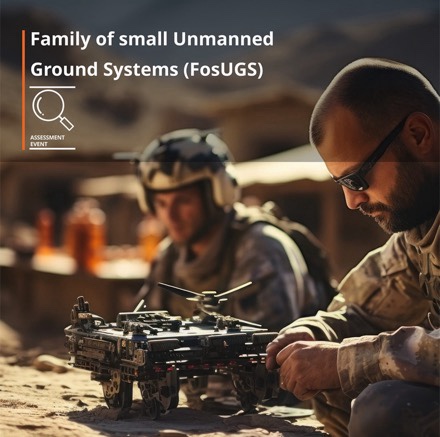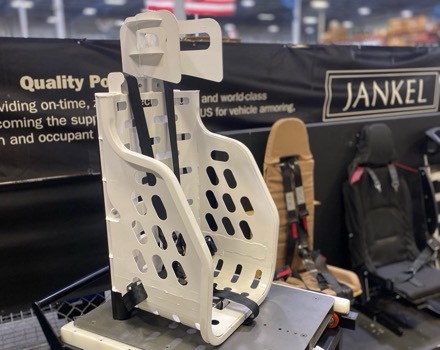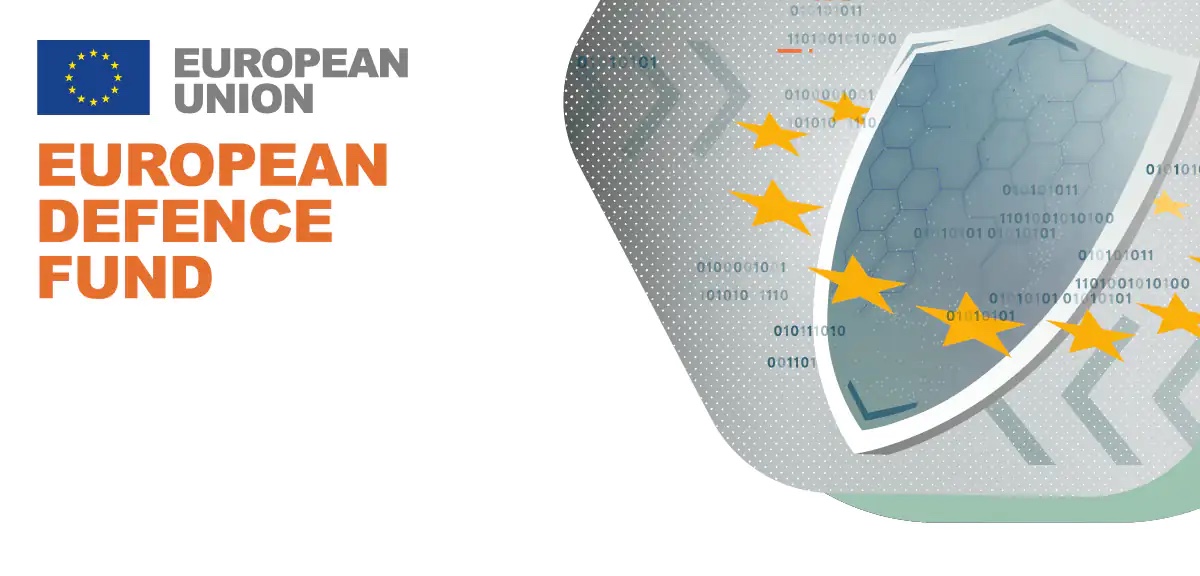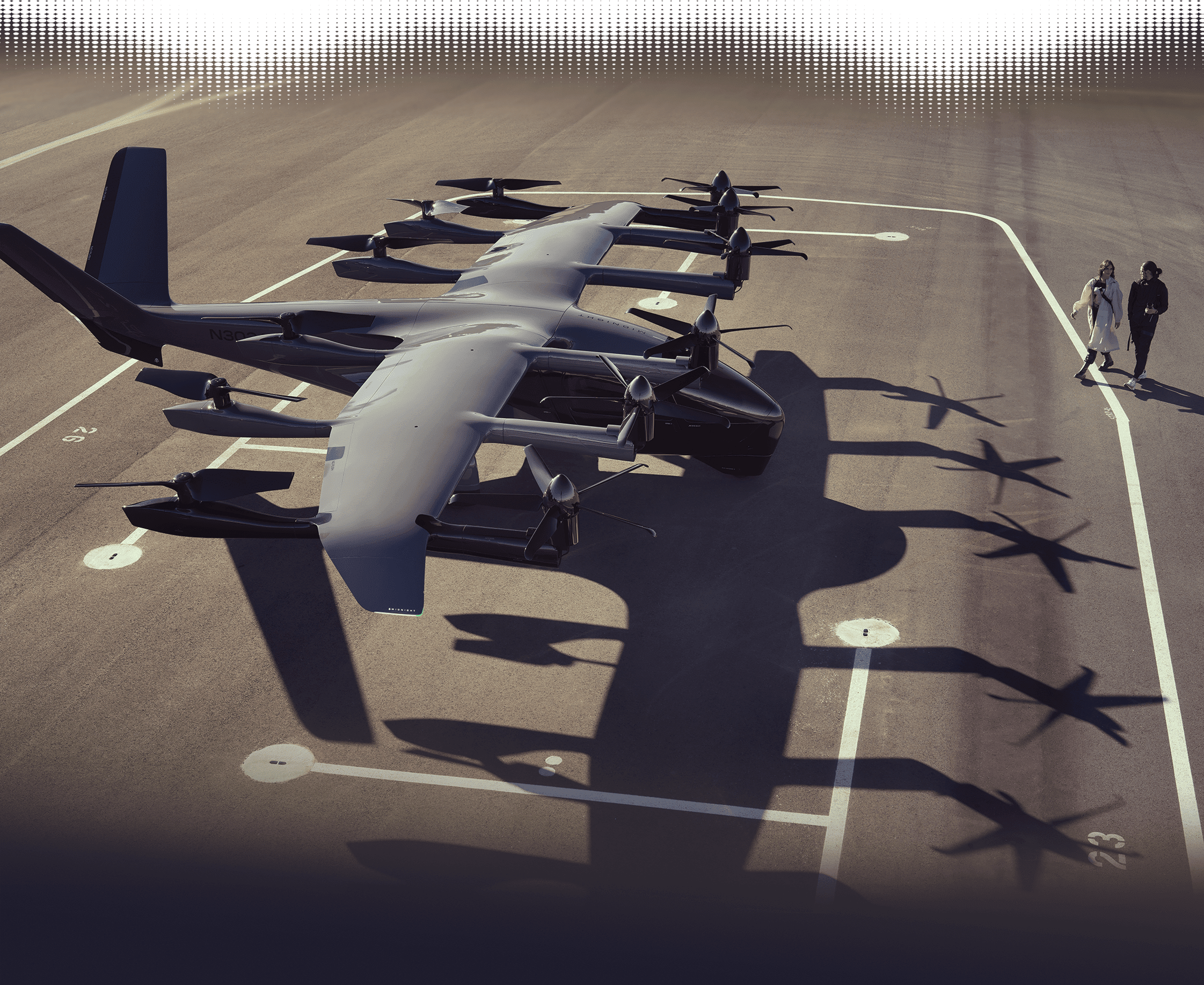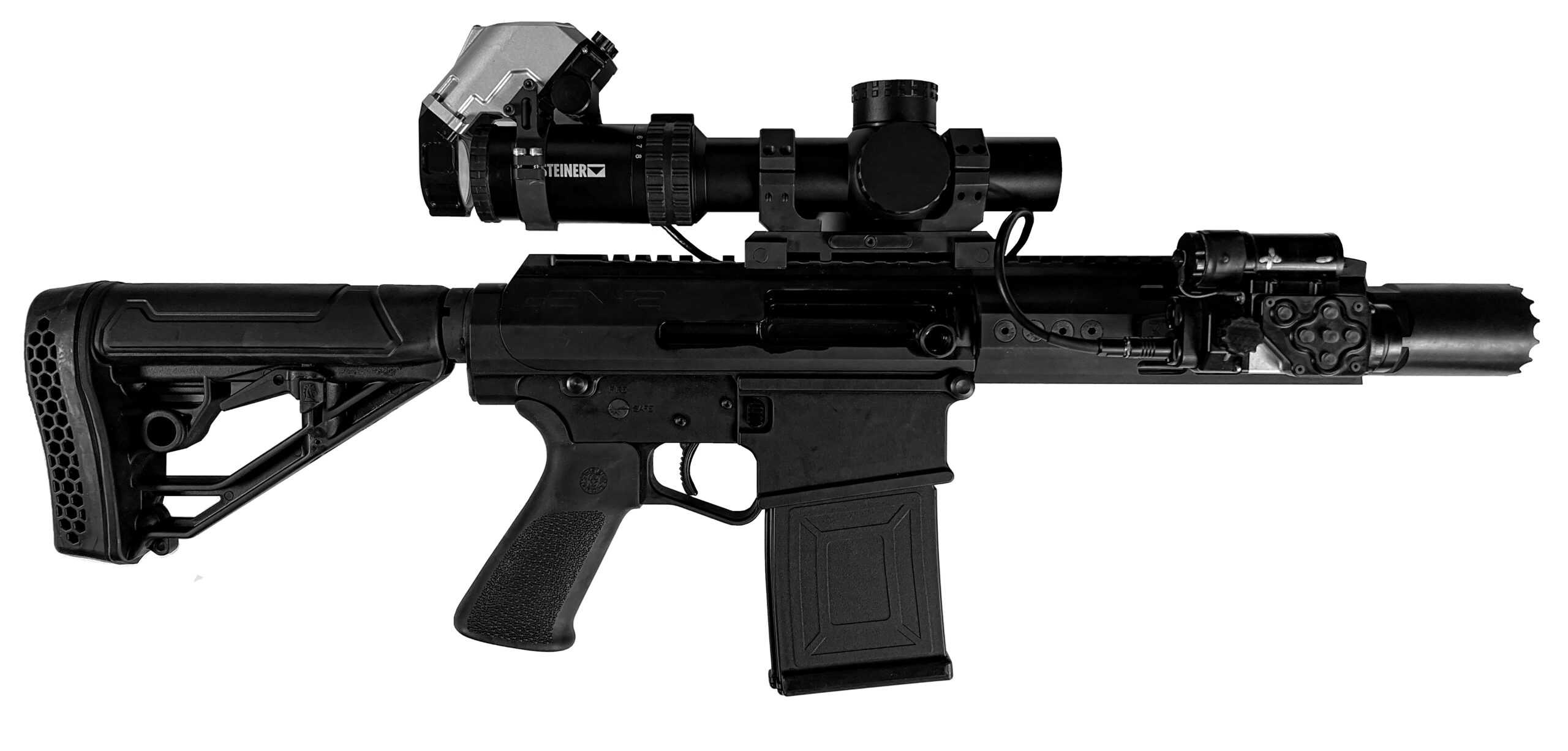Department of Defense Research Project Awarded to Joint International Affairs and Public Service and Administration Research Team – Ocular Methods in Credibility Assessment (IP# 75648)
BRYAN-COLLEGE STATION, Feb. 13, 2024 — A team of researchers from Texas A&M University’s Bush School of Government and Public Service has been selected to study the effectiveness of an ocular deception detection device.
The study, led by Associate Professor Michael Howell will assess Converus Inc.’s EyeDetect system’s ability to assess the credibility of deceptive and non-deceptive individuals. A companion study just concluded at the Department of Energy’s Oak Ridge National Laboratory. Both studies evaluate EyeDetect’s performance in potential federal government contexts, such as law enforcement, immigration, and intelligence.
Howell was selected for the role based on his prior work with the High Value Detainee Interrogation Group (HIG). The two-year study, which started in July, will be conducted along the Texas-Mexico border.
Co-principal investigators for the project are Dr. Danny Davis, Dan Debree, Dr. Trey Marchbanks, and Dr. Jim Nelson.
The contract for the study is through the Defense Counterintelligence and Security Agency (DCSA). Texas A&M University is a partner of the ARLIS consortium of universities in the Intelligence and Security University Research Enterprise (INSURE) Academic Consortium, which connects member institutions to government missions in need of applied research resources. ARLIS is sponsored by the Office of the Under Secretary of Defense of Intelligence and Security and is the only university-affiliated research center focused on the intersection of human behavior and technology.
Texas A&M University, a partner of the ARLIS consortium of universities in the Intelligence and Security University Research Enterprise (INSURE) Academic Consortium, has been awarded a contract by the Defense Counterintelligence and Security Agency (DCSA) for the study of an ocular deception detection device produced by Converus Inc.
INSURE is a consortium connecting member institutions to government missions in need of applied research resources. ARLIS is sponsored by the Office of the Under Secretary of Defense of Intelligence and Security and the only university-affiliated research center focused on the intersection of human behavior and technology.
This study will be led by Associate Professor of the Practice Michael Howell. Professor Howell, who was first contacted by DCSA regarding this proposed study that will be conducted along the Texas-Mexican border, was selected to fulfill this role based on his prior work with the High Value Detainee Interrogation Group (HIG).
Co-principal investigators for the project include Dr. Danny Davis, Professor Dan Debree, Dr. Trey Marchbanks, and Dr. Jim Nelson. The Texas A&M University team will conduct a thorough investigation of the Converus EyeDetect system’s ability to assess the credibility of deceptive and non-deceptive individuals. A companion study just concluded at the Department of Energy’s Oak Ridge National Laboratory. Both studies evaluate EyeDetect’s performance in potential federal government contexts, such as law enforcement, immigration, and intelligence. The project start date was July 31, 2023. The initial project will run for two years.



